The Coptic Orthodox Calendar is arguably the most ancient calendar that is still in use till this day
What is the Coptic Calendar?
The Coptic Orthodox Calendar is arguably the most ancient calendar that is still in use till this day
Origins of the Coptic Calendar
The Coptic Calendar, also known as the Alexandrian calendar, is arguably the oldest calendar used in history, derived from the ancient Egyptian calendar dating back three millennia before Christ. Although the ancient Egyptian calendar exact date of origin is unclear, it is believed that Imhotep, the supreme official of King Djoser C.2670 BC was the one who first created the old Egyptian calendar. The ancient Egyptians developed the first solar calendar consisting of 365 days, divided up into twelve 30-day months and an addition small month of five days only.
TIMELINE
Coptic Months
The Coptic calendar is divided into 13 months, 12 of which are 30 days and the remaning month with only 5 days. When it's a leap year, an additional day is added on the thirteenth month making a total of 6 days
THOUT | Ⲑⲱⲟⲩⲧ
11 September to 10 October
Named after the god Thoth who is the god of the moon, wisdom, writing, hieroglyphs, science, magic, art, and judgment.
The month of Thout is also the first month of the Season of Akhet (Inundation) in Ancient Egypt.
The month of Thout is also the first month of the Season of Akhet (Inundation) in Ancient Egypt.

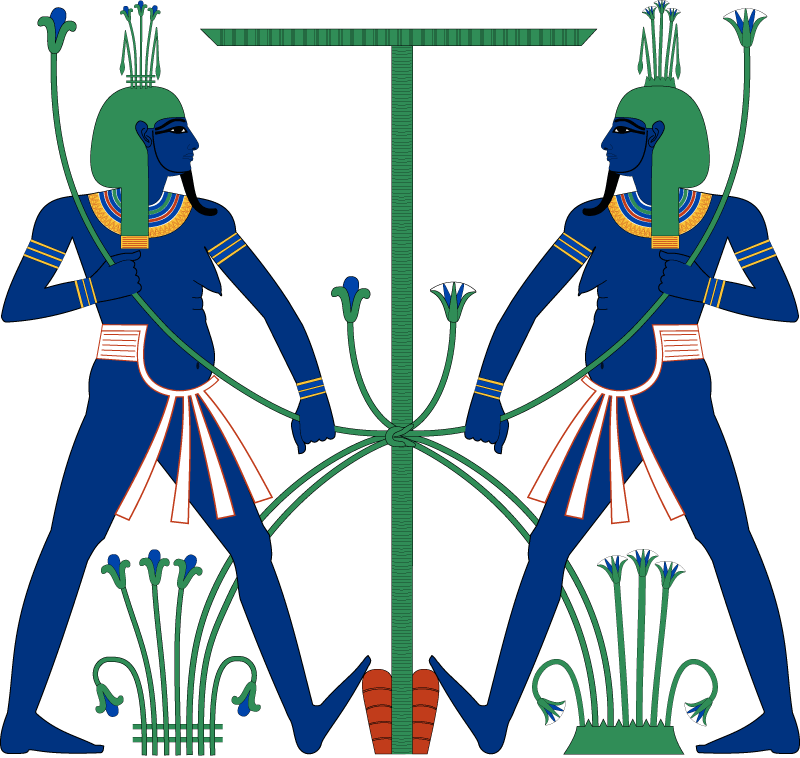
PAOPE | Ⲡⲁⲱⲡⲉ
11 October to 9 November
Named after Hapi, the god of the annual flooding of the Nile and vegetation.
The month of Paope is also the second month of the Season of Akhet (Inundation) in Ancient Egypt.
The month of Paope is also the second month of the Season of Akhet (Inundation) in Ancient Egypt.
HATHOR | Ⲁⲑⲱⲣ
10 November to 9 December
Named after Hathor, the goddess of love and beauty, because during this month the lands become lush and green.
The month of Hathor is also the third month of the Season of Akhet (Inundation) in Ancient Egypt.
The month of Hathor is also the third month of the Season of Akhet (Inundation) in Ancient Egypt.
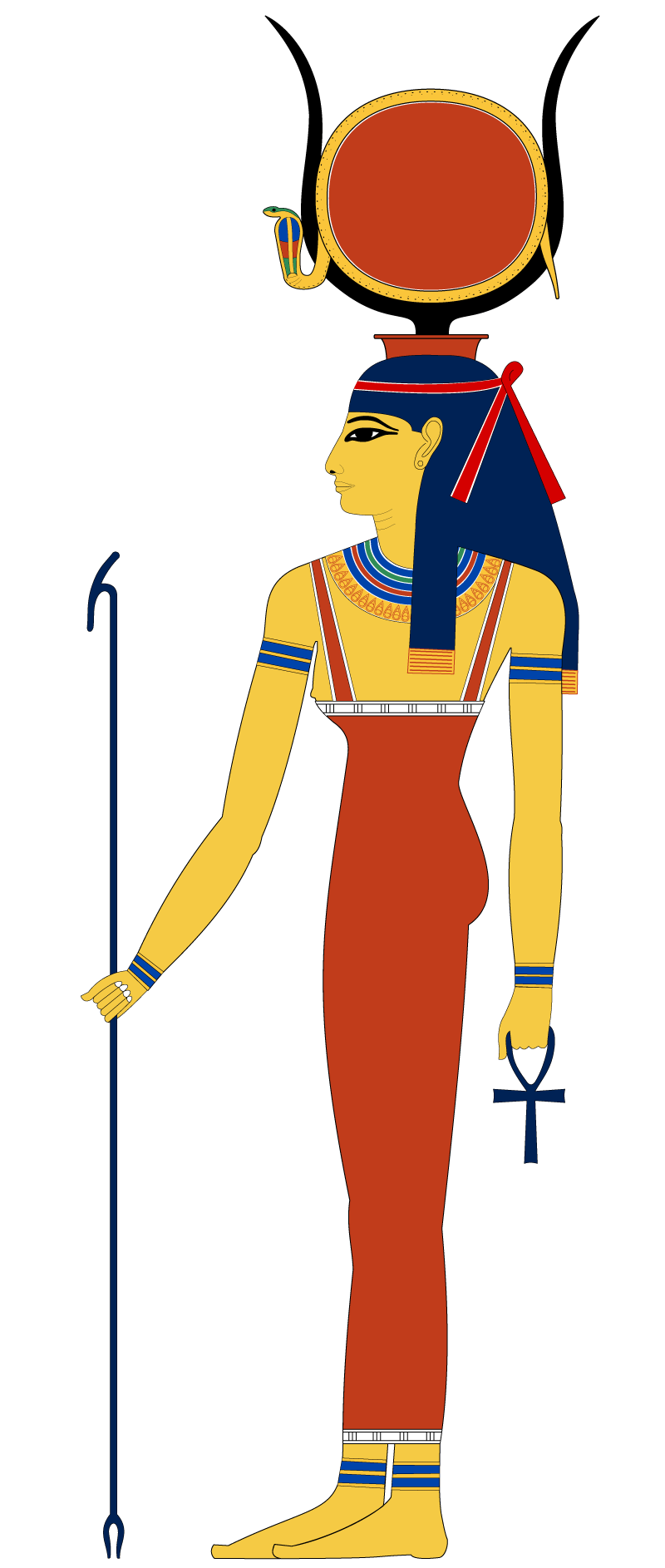

KOIAK | Ⲭⲟⲓⲁⲕ
10 December to 8 January
Named after Ka-Ha-Ka, the god of good, who is the sacred bull Apis.
The month of Koiak is also the fourth month of the Season of Akhet (Inundation) in Ancient Egypt.
The month of Koiak is also the fourth month of the Season of Akhet (Inundation) in Ancient Egypt.
TOBI | Ⲧⲱⲃⲓ
9 January to 7 February
Named after the god Amso or Khem, who is a form of the God Amoun-ru, the god of Thebes in Upper Egypt; he is the god of the growth of nature because much rain falls during this month.
The month of Tobi is also the first month of the season of Proyet (Growth and Emergence) in Ancient Egypt, where the Nile floods recede and the crops start to grow throughout the land of Egypt.
The month of Tobi is also the first month of the season of Proyet (Growth and Emergence) in Ancient Egypt, where the Nile floods recede and the crops start to grow throughout the land of Egypt.
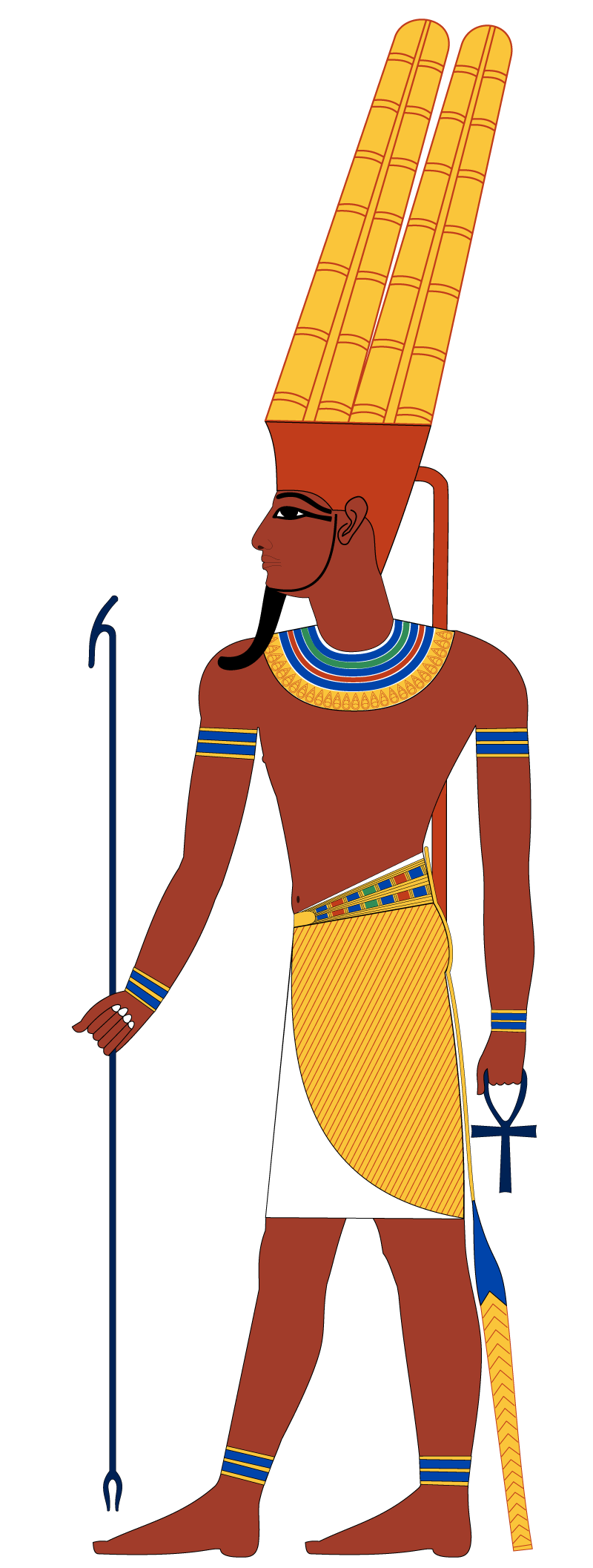
MESHIR | Ⲙⲉϣⲓⲣ
8 February to 9 March
Particular to the genius of wind, because the storms and wind occur much during this month. It is the month in which the summer heat begins.
The month of Meshir is also the second month of the Season of Proyet (Growth and Emergence) in ancient Egypt, when the Nile floods recede and the crops start to grow throughout the land of Egypt.
The month of Meshir is also the second month of the Season of Proyet (Growth and Emergence) in ancient Egypt, when the Nile floods recede and the crops start to grow throughout the land of Egypt.
PAREMHAT | Ⲡⲁⲣⲉⲙϩⲁⲧ
10 March to 8 April
Named after the god Montu, which is the god of war. During this month the temperature is high and thus the Egyptians called it the month of the sun.
The month of Paremhat is also the third month of the Season of Proyet (Growth and Emergence) in ancient Egypt, when the Nile floods recede and the crops start to grow throughout the land of Egypt.
The month of Paremhat is also the third month of the Season of Proyet (Growth and Emergence) in ancient Egypt, when the Nile floods recede and the crops start to grow throughout the land of Egypt.
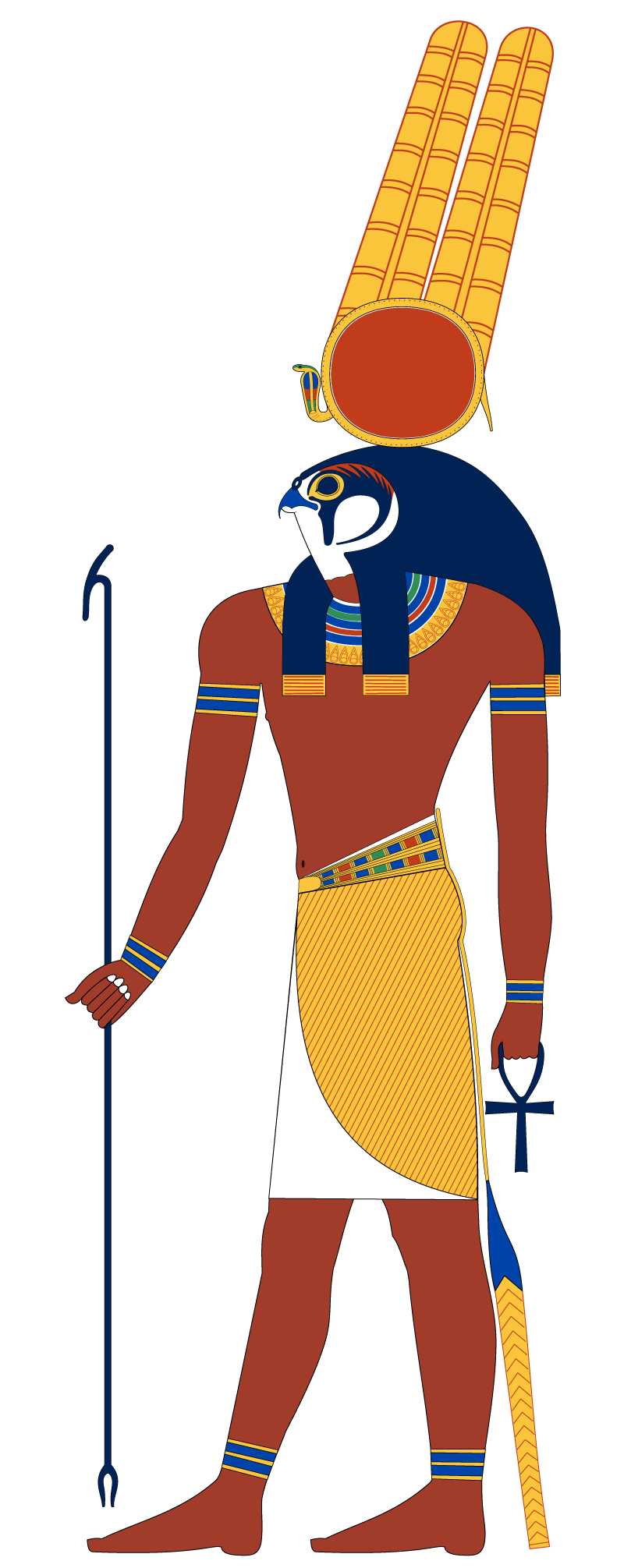
PARMOUTI | Ⲫⲁⲣⲙⲟⲩⲑⲓ
9 April to 8 May
Named after Renno, the god of severe wind or death. During this month the season of vegetation ends and the earth becomes dry.
The month of Parmouti is also the fourth month of the Season of Proyet (Growth and Emergence) in ancient Egypt, when the Nile floods recede and the crops start to grow throughout the land of Egypt.
The month of Parmouti is also the fourth month of the Season of Proyet (Growth and Emergence) in ancient Egypt, when the Nile floods recede and the crops start to grow throughout the land of Egypt.
PASHONS | Ⲡⲁϣⲟⲛⲥ
9 May to 7 June
Named after Khonso, the god of the moon, one of the Thebic trinity and the son of Amoun-Ra and Mout.
The month of Pashons is also the first month of the Season of Shemu (Harvest) in Ancient Egypt, when the Egyptians harvest their crops throughout the land.
The month of Pashons is also the first month of the Season of Shemu (Harvest) in Ancient Egypt, when the Egyptians harvest their crops throughout the land.
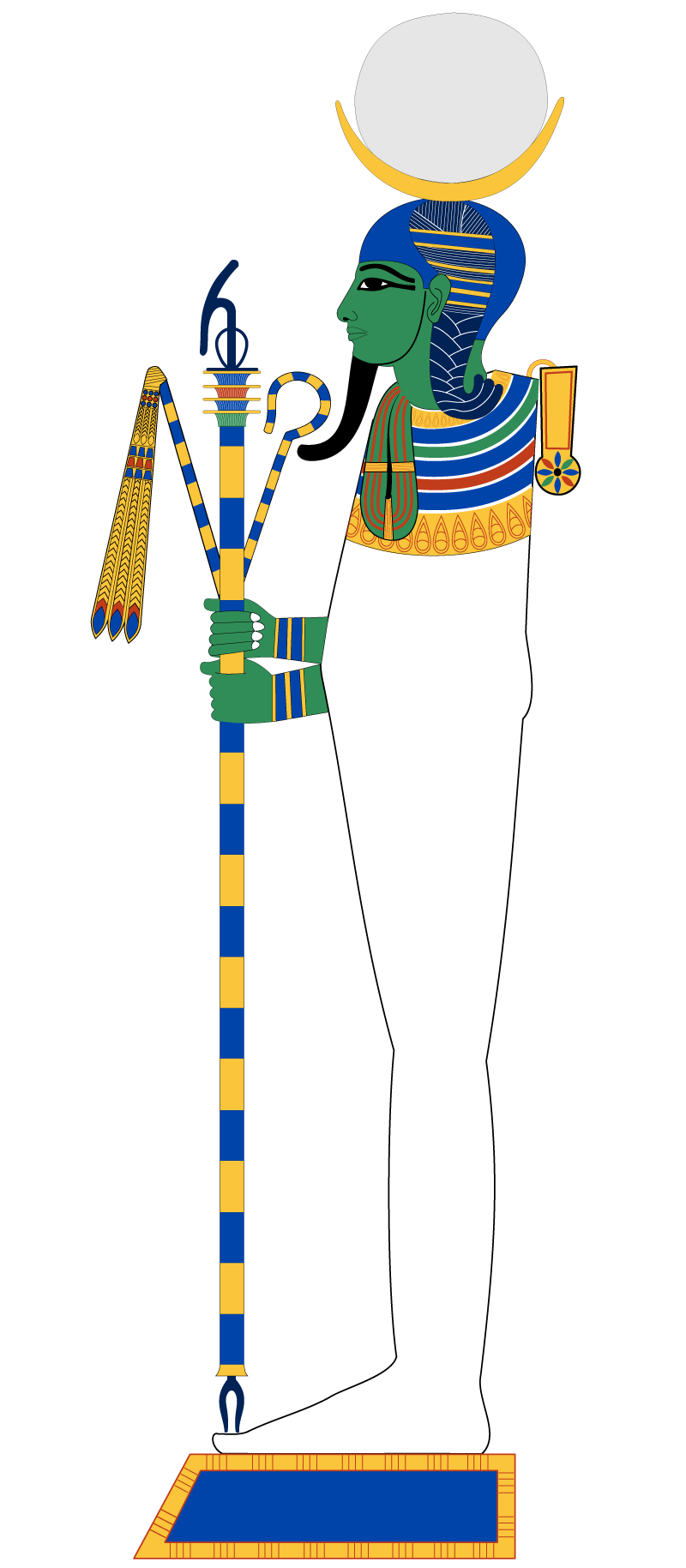

PAONI | Ⲡⲁⲱⲛⲓ
8 June to 7 July
Named after Khenti, on the names of Horus or the sun. It means "the god of metals".
Paoni is also the second month of the Season of Shemu (Harvest) in Ancient Egypt, where the Egyptians harvest their crops throughout the land.
Paoni is also the second month of the Season of Shemu (Harvest) in Ancient Egypt, where the Egyptians harvest their crops throughout the land.
EPIP | Ⲉⲡⲓⲡ
8 July to 6 August
Named after Apep, the great serpent killed by Horus, the son of Osiris.
The month of Epip is also the third month of the Season of Shemu (Harvest) in ancient Egypt, where the Egyptians harvest their crops throughout the land.
The month of Epip is also the third month of the Season of Shemu (Harvest) in ancient Egypt, where the Egyptians harvest their crops throughout the land.

MESORI | Ⲙⲉⲥⲱⲣⲓ
7 August to 5 September
Particular to the birth of the sun or what is known as the "summer shift".
The month of Mesori is also the fourth month of the Season of Shemu (Harvest) in ancient Egypt, where the Egyptians harvest their crops throughout the land.
The month of Mesori is also the fourth month of the Season of Shemu (Harvest) in ancient Egypt, where the Egyptians harvest their crops throughout the land.
PI KOGI ENAVOT | Ⲡⲓⲕⲟⲩϫⲓ ⲛ̀ⲁ̀ⲃⲟⲧ
6 - 10 September
It has 5 days in three successive years and 6 days in the leap year.

